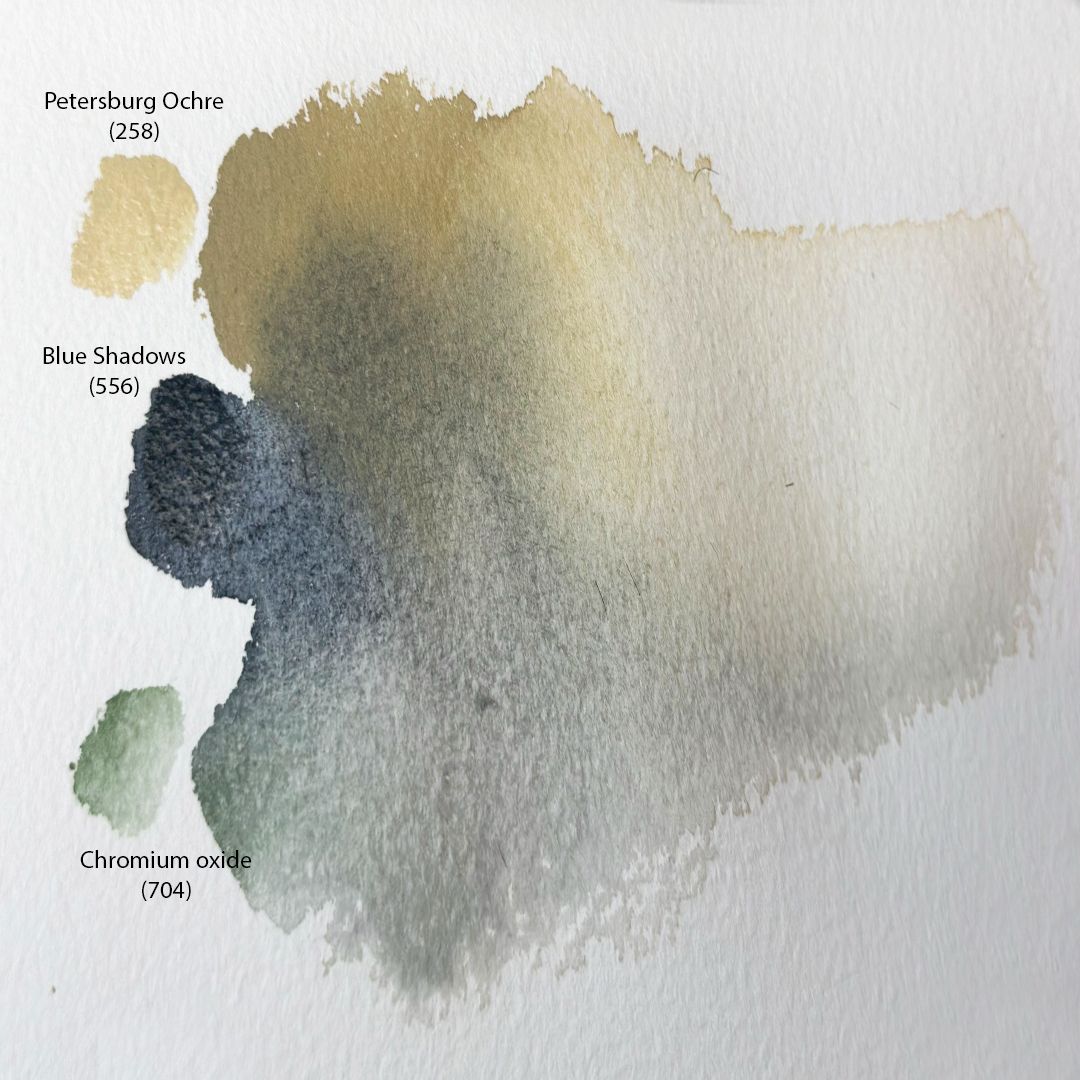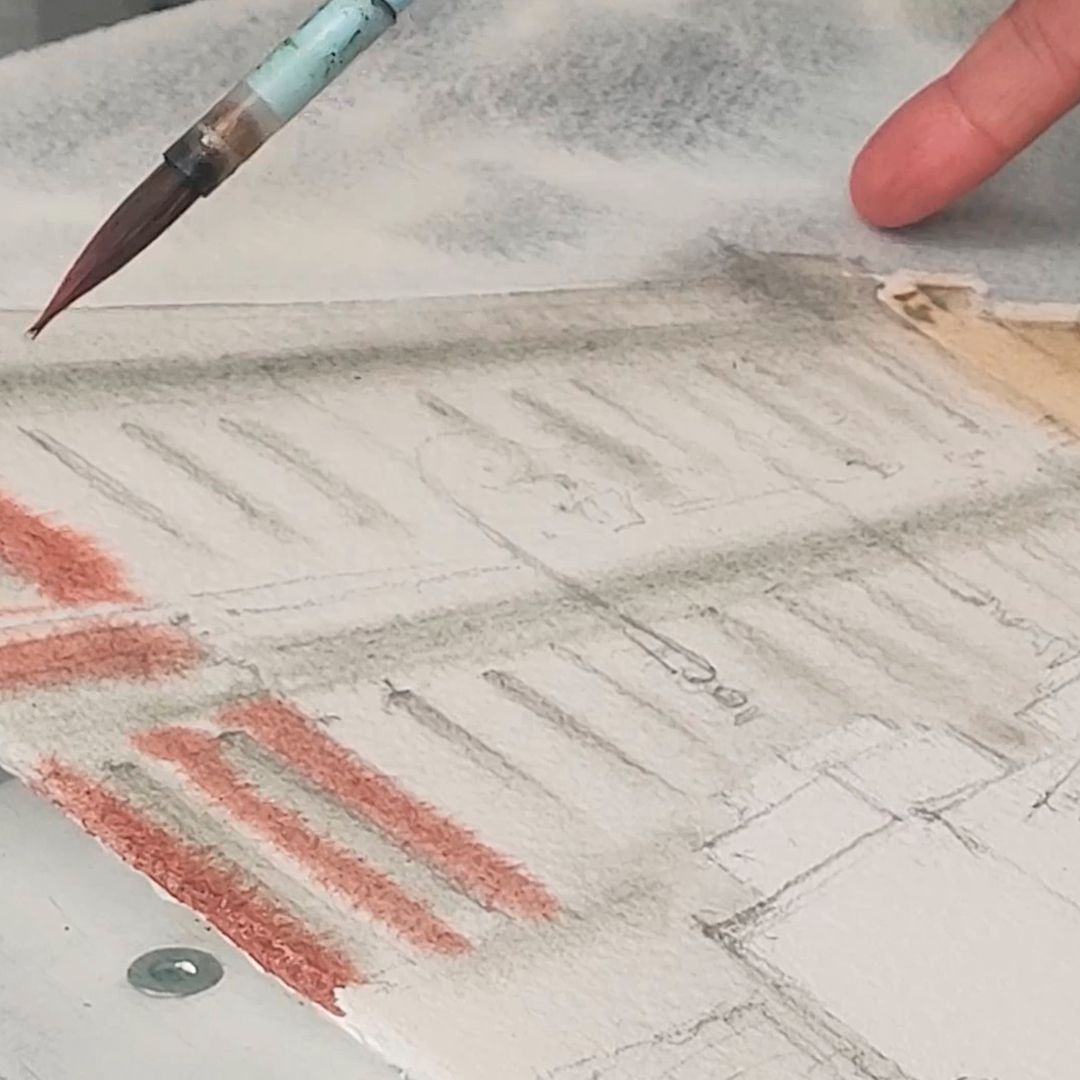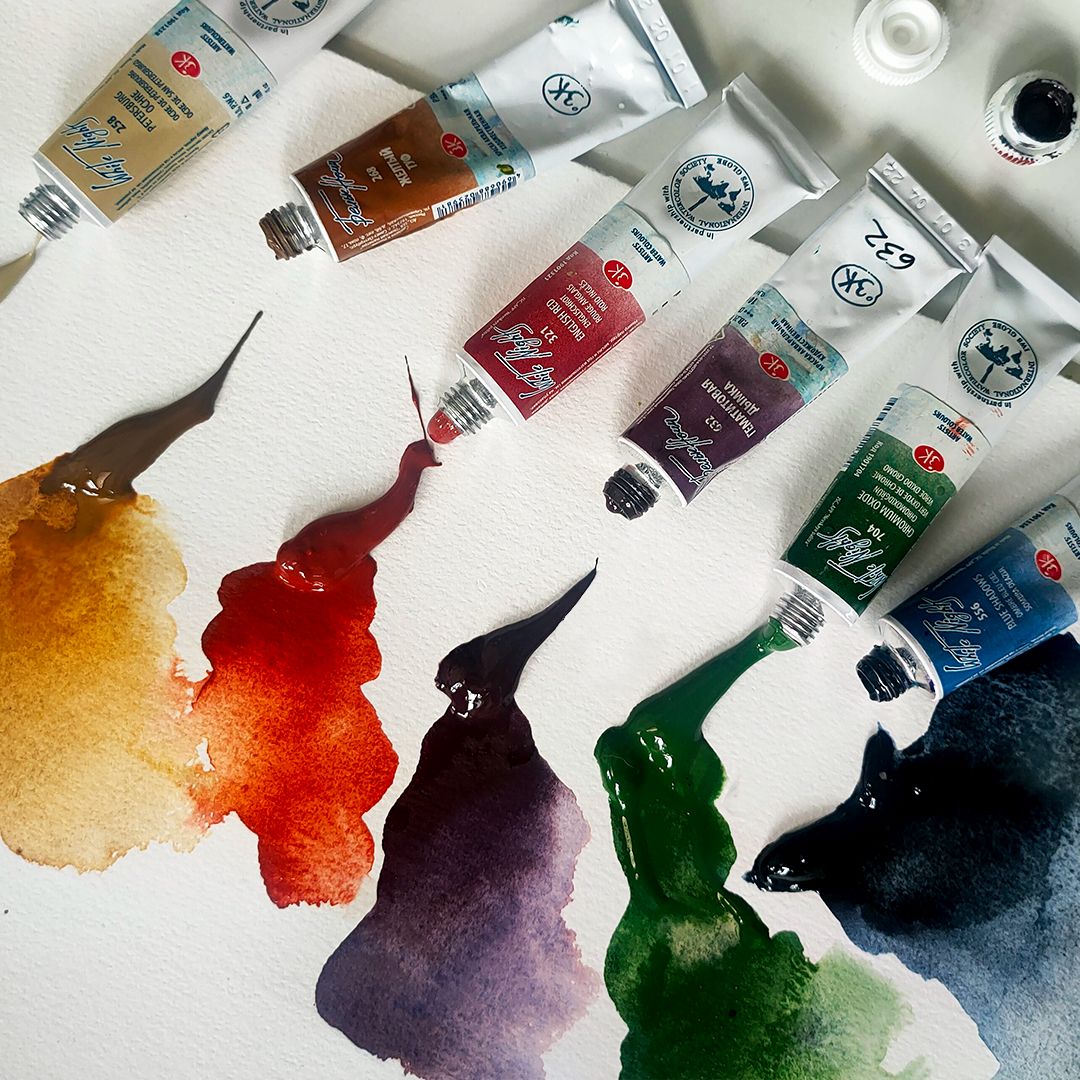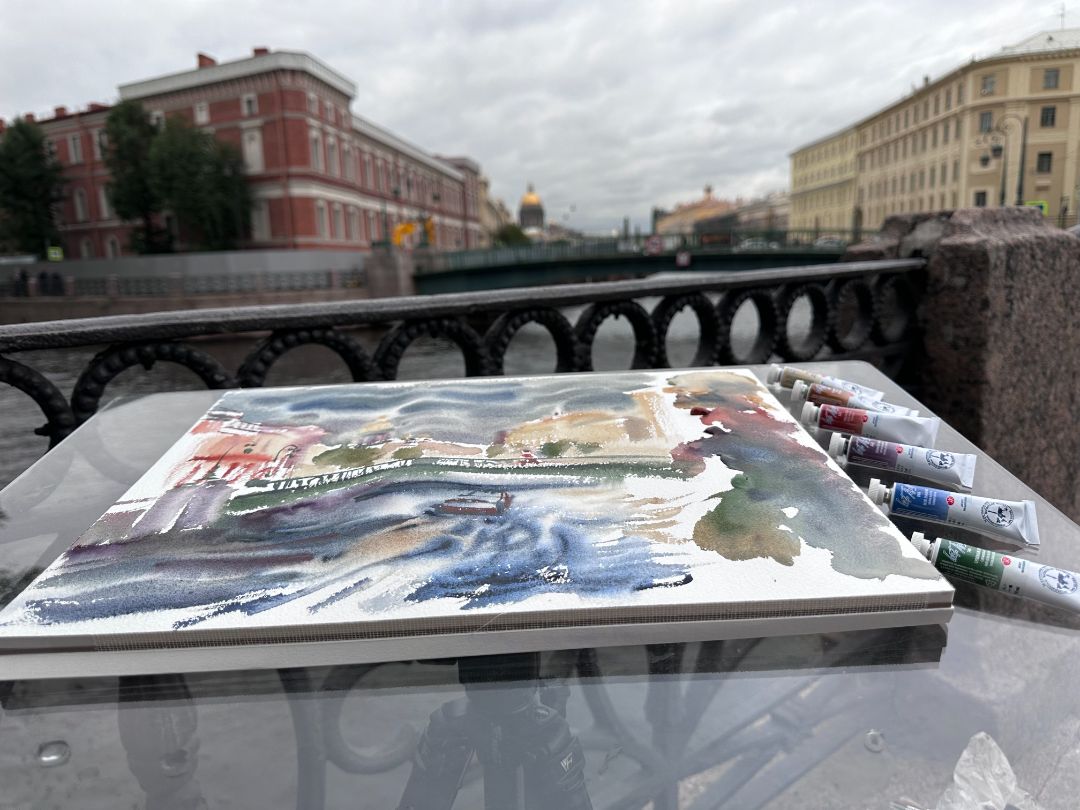The palette of St. Petersburg. City landscape with a river


The main colour of the buildings is Petersburg Ochre. This colour has a pastel light beige shade, due to its constituent Titanium White, and Yellow Iron Oxide and Vine Black give it a unique, characteristic of St. Petersburg, a complex shade of light yellow facades of historical buildings. Petersburg has been described many times in books. In Dostoevsky's works, the author associates Petersburg with yellow. The colour can be traced in the description of the city, the interior and the characters of the works, and this is not accidental. One of the urban legends says that it was in this colour that Peter I, the founder of the city, ordered the facades of city buildings to be painted. This light, warm colour perfectly lifts the mood, creating the illusion of bright sunlight in the cold, cloudy climate of the city. And what is important, at that time this colour was the most accessible, because the main ingredient of the paint composition was ochre, which was extracted in excess in the vicinity of the future city.
St. Petersburg is a city with a history and character, with its own unique palette of restrained, multifaceted and pure shades. A harmonious combination of soft colours typical of northern latitudes – a mixture of various shades of gray with a slight addition of the main colours: yellow, blue, red and green, combined with the strict front facades of buildings and palaces form the main palette: 1. 258. Petersburg Ochre (P.Y.42 P.Bk.8 P.W.6 ■∆), 2. 268. Yellow Tuff (P.Bk.8, P.Y.43 ***□△ G), 3. 632. Hematite Mist (P.B.29, P.R.101 *** ◨△ G), 4. 321. English Red (P.R.101■◮ ***), 5. 704.Chromium oxide (P.G.17 ***■∆G), 6. 556. Blue Shadows (P.B.29, P.Bk.11 *** ◨△G).


Trees and bridge

embankment

city buildings

River

sky and clouds









268. YELLOW TUFF (P.BK.8, P.Y.43 ***□△ G
It is part of the family of natural ochres, has a rich colour of wet sand with a cold undertone, creating a sepia effect on an old photograph due to the soft effect of granulation. Lightfast, transparent, easily washed off with water.
632. HEMATITE MIST (P.B.29, P.R.101 *** ◨△ G)
Saturated, with a cool dark purple hue and a soft granulation effect, forming a unique texture due to the particles of dark ultramarine that is part of the paint. Mixtures with ochres provide clean saturated deep shadows. Lightfast, semi-transparent, easily washed off with water.
556. BLUE SHADOWS (P.B.29, P.BK.11 *** ◨△G)
transparent cold light gray tone. It has a pronounced granulation effect. The addition of a significant amount of water gives smooth fillings with a textured, well-defined granulation effect. Great for creating deep rich contrasting shadows. Provides the ability to draw clear details and elements of the urban environment: silhouettes of passers-by, urban communications, street signs, wires, etc. Light-resistant, translucent, easily washed off with water.



258. Petersburg Ochre (P.Y.42 P.Bk.8 P.W.6 ■∆)
Light yellow colour with a cool undertone, soft shade and velvety texture. A unique colour that is combined with the entire palette and is present in every detail of the landscape. It is combined with everything else. Complements each colour, as if it highlights the whole composition and enlivens it. Lightfast, opaque, easily washed off with water.
321. English Red (P.R.101■◮ ***)
A rich brick shade with a cold undertone. Allows you to make clear restrained accents of red. In mixtures with chromium oxide, it gives a rich, warm brown colour. Lightfast, opaque, relatively resistant to washing-off.
704.Chromium oxide (P.G.17 ***■∆G).
One of the most complex shades of green, muted with a cold undertone. In mixtures with Petersburg Ochre or Yellow Stuff gives warm shades of green, and when mixed with Hematite Mist or Blue Shadows, pure cold shades are obtained. Lightfast, opaque, easily washed off with water, granulating.
Sketches in the plein-air





